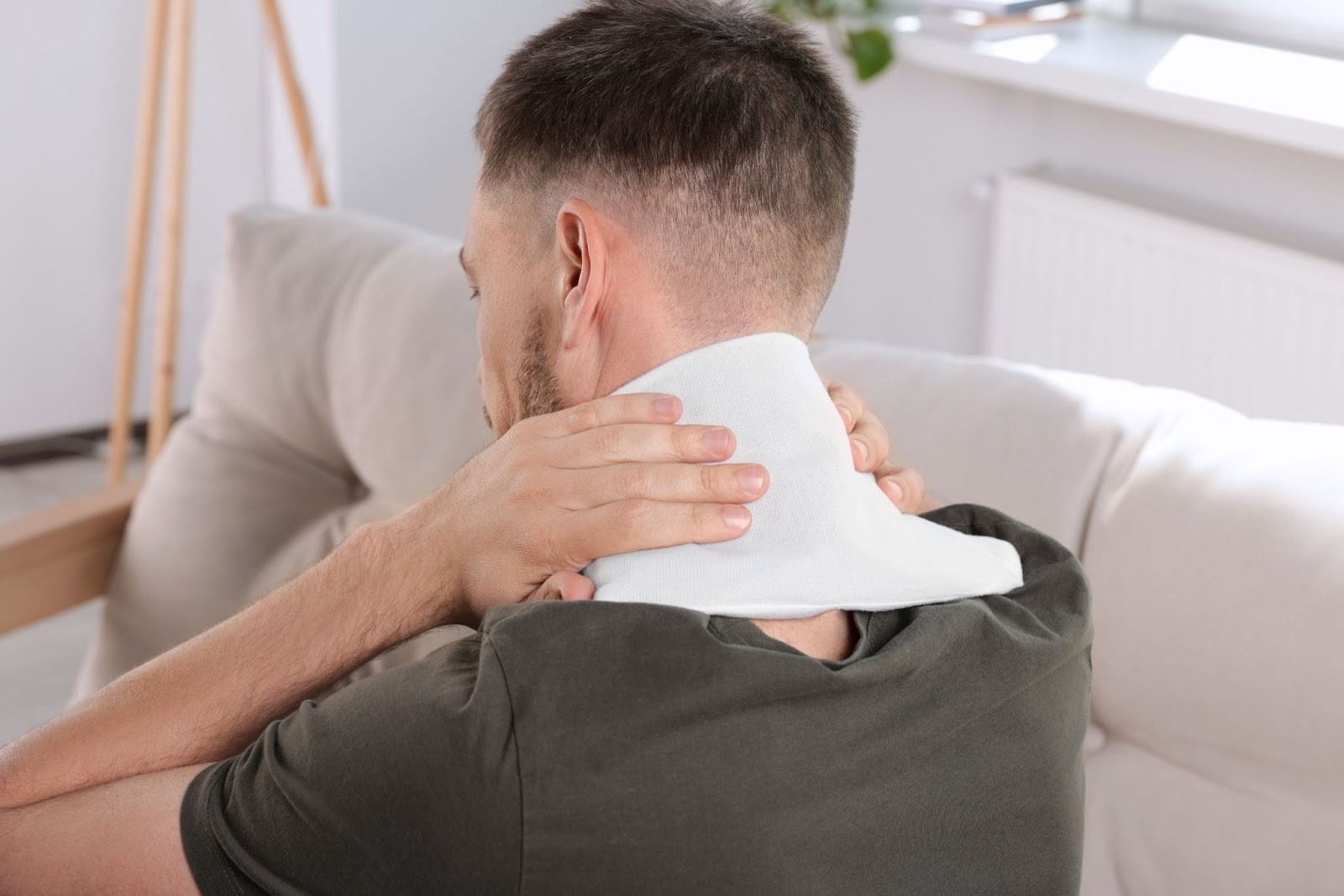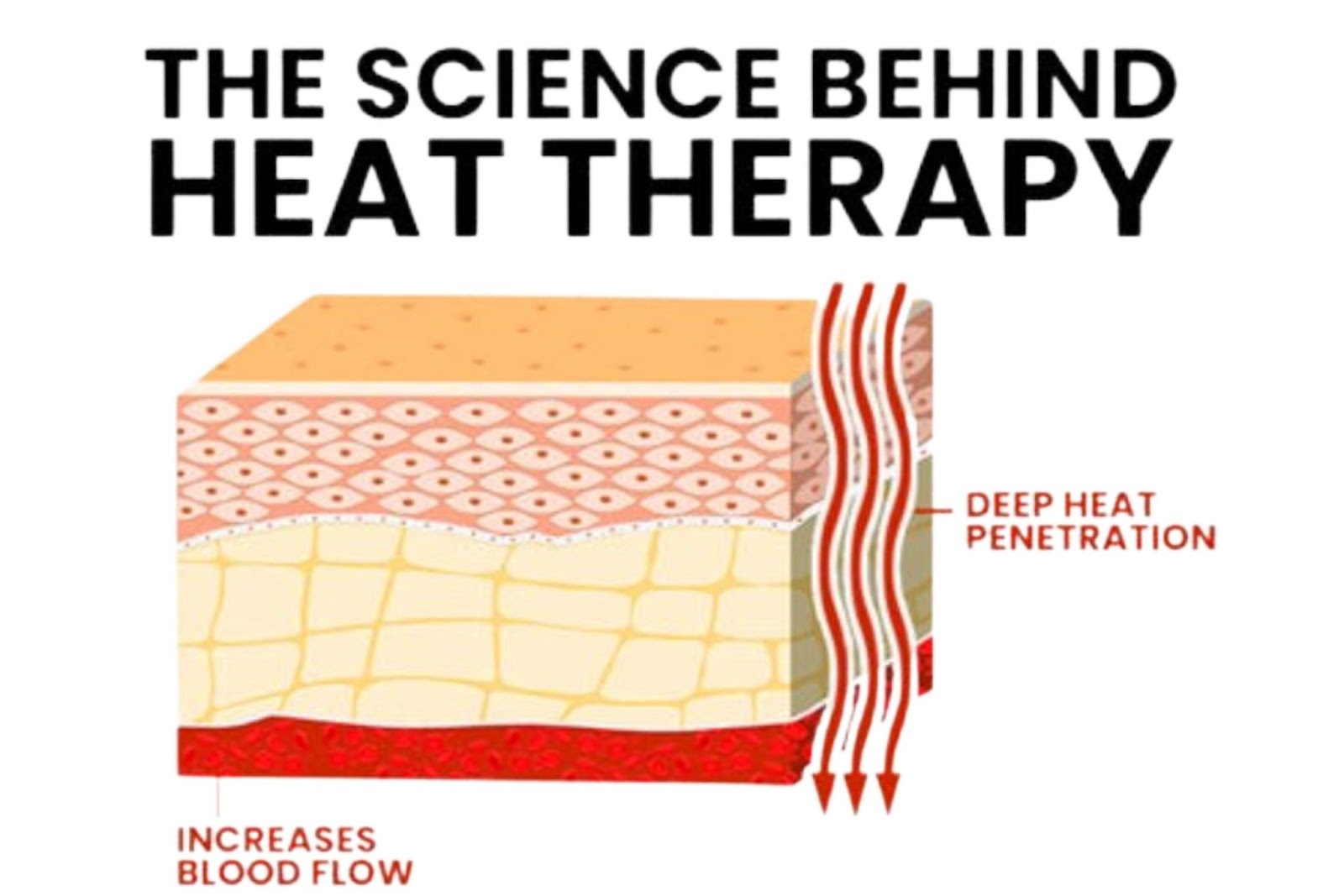
Scientific Studies Supporting Heat Therapy
Heat therapy has long been recognized as an effective treatment for pain relief and muscle relaxation, backed by centuries of medical use and supported by modern scientific research. Whether applied through heating pads, warm baths, or more advanced therapeutic devices, heat therapy is often recommended for managing various musculoskeletal conditions and injuries. At the medcom group, we provide heat therapy equipment that offers safe and controlled heat therapy, promoting healing and comfort for patients. In this resource page, we’ll explore what heat therapy is, how it works, and the scientific studies that validate its effectiveness in treating different conditions.
What is Heat Therapy?
Heat therapy, also known as thermotherapy, involves applying warmth to specific areas of the body to alleviate pain, reduce stiffness, and improve circulation. It can be delivered through a variety of methods, including moist heat (e.g., warm towels, heating pads) and dry heat (e.g., electric heating devices). Depending on the condition being treated, heat therapy can be applied locally to a particular area or used more generally across larger regions, such as with whole-body heat treatments. The increased blood flow that heat induces helps relax muscles and promotes tissue repair, making it an integral part of both acute injury recovery and chronic pain management.
What Conditions Does Heat Therapy Help With?
Heat therapy is particularly effective for managing a variety of musculoskeletal conditions. It is commonly used to treat:
- Muscle Pain and Stiffness: Conditions such as muscle strains, tension, and stiffness benefit greatly from heat, which helps relax tight muscles and increase flexibility.
- Arthritis: Many individuals with arthritis use heat therapy to relieve joint pain and stiffness, improving mobility and reducing discomfort.
- Chronic Pain Conditions: Heat therapy is also frequently used for conditions like fibromyalgia, where it helps soothe widespread pain and tenderness.
- Back and Neck Pain: One of the most common applications of heat therapy is for lower back pain and neck pain, as it reduces muscle tension and improves range of motion.
- Injury Recovery: Heat is often applied in later stages of recovery for injuries like sprains and strains to stimulate healing after the acute inflammation has subsided.
How Does Heat Therapy Work?
Heat therapy works by raising the temperature of the affected area, which dilates blood vessels and increases blood flow. This boost in circulation helps deliver more oxygen and essential nutrients to the tissues, facilitating the repair of damaged cells. At the same time, heat therapy reduces muscle spasms and stiffness by relaxing the muscles, which can relieve pain and improve mobility. Scientific studies have shown that heat therapy stimulates the body’s natural pain relief mechanisms by activating heat-sensitive nerve endings, which, in turn, block pain signals from reaching the brain. Additionally, the warmth produced by heat therapy promotes a calming effect, reducing stress and tension in the affected muscles.
What are the Benefits of Heat Therapy?
Heat therapy offers a range of benefits that make it a preferred treatment for many patients. Firstly, it provides immediate relief by reducing pain and stiffness in affected areas. This can enhance the overall quality of life for those suffering from chronic pain or injuries. Heat therapy also promotes faster healing by increasing blood flow and tissue repair, which is particularly important for those recovering from injuries or surgery. It is a non-invasive, drug-free treatment option, making it a safe and accessible method for managing pain. Furthermore, regular use of heat therapy can improve flexibility and range of motion, making it easier to maintain physical activity and prevent further injuries.

Diagram: Published by Medium
(Understanding the Science Behind Heat Therapy for Pain Relief)
Scientific Studies Supporting Heat Therapy
Importance of Heat Therapy in the Treatment of Pain in the Daily Clinical Practice
Science Direct published a 2024 article discussing how experts indicate that exogenous HT represents a valid therapeutic choice and is widely used in Europe. Patients should be informed about the use of heat therapy as a valuable self-management therapy option.
Current Indications and Future Direction in Heat Therapy for Musculoskeletal Pain: A Narrative Review
Reviewing the basic science presented, the expert panel agreed that superficial HT—through increasing tissues’ temperature—can enhance local metabolism and function and thus relieve pain. The evidence gathered for this narrative review, though partial in the opinion of the experts involved, showed HT to be a potentially useful, safe, and cost-effective tool in many types of MP, specifically in knee and sports activity-related MP, which represent two of the most intriguing fields of application and research for the use of superficial HT.
An International Multidisciplinary Delphi-Based Consensus on Heat Therapy in Musculoskeletal Pain
This Delphi consensus recognizes the role of HT mostly in chronic MP.
Local Heat Applications as a Treatment of Physical and Functional Parameters in Acute and Chronic Musculoskeletal Disorders or Pain
Science Direct published a 2022 article indicating that individuals with acute musculoskeletal disorders can benefit from using LHA as an adjunct therapy.
The Effect of Heat Therapy on Blood Pressure and Peripheral Vascular Function: a Systematic Review and Meta-analysis
Heat therapy appears to be an effective intervention to improve blood pressure and vascular function in adults with and without existing CVD. Early evidence shows that heat therapy might also reduce arterial stiffness and enhance cutaneous microvascular function.
Products
The medcom group offers a diverse range of heat therapy equipment for patients and healthcare providers, including:
- Moist Heat Packs
- Thermal Shoulder Support
- Thermal Knee Support
- Thermal Ankle Support
- Thermal Wrist Support
The vascutherm device also provides contrast therapy and should be listed here
The content provided in this resource is intended solely for informational purposes and does not constitute professional medical advice, diagnosis, treatment, or endorsement by the medcom group®, ltd. Although we strive to keep the information up-to-date and accurate, we cannot guarantee its current validity or applicability to every situation or individual.
This resource post may discuss matters related to heat therapy, but it should not be used as a substitute for professional medical advice. It's crucial to consult with your healthcare provider or a qualified medical professional before starting any new therapies, including heat therapy, or making any changes to your current healthcare regimen.
In no case shall the medcom group®, ltd. be liable for any direct, indirect, incidental, special or consequential damages, or losses that might occur from the usage of this information. The reader should always perform their own due diligence before making any decisions related to their health. The medcom group®, ltd. disclaims any responsibility for any actions taken based on the contents of this resource.
By using this resource, you understand and agree that the use of this information is entirely at your own risk and it is your sole responsibility. Please consult with your healthcare provider for personalized medical advice. Always seek the advice of your physician or other qualified health providers with any questions regarding a medical condition. Never disregard professional medical advice or delay in seeking it because of something you have read on this resource.

